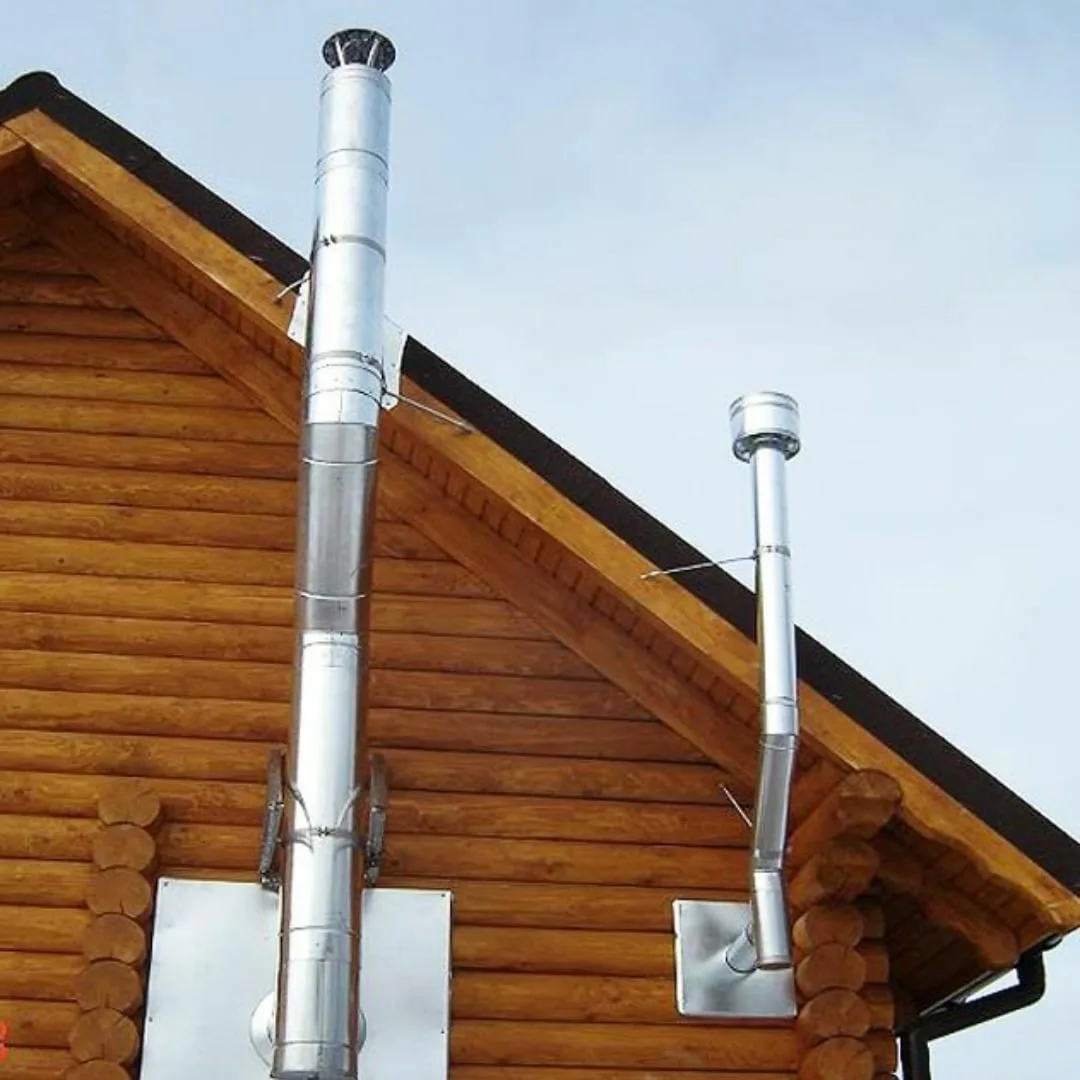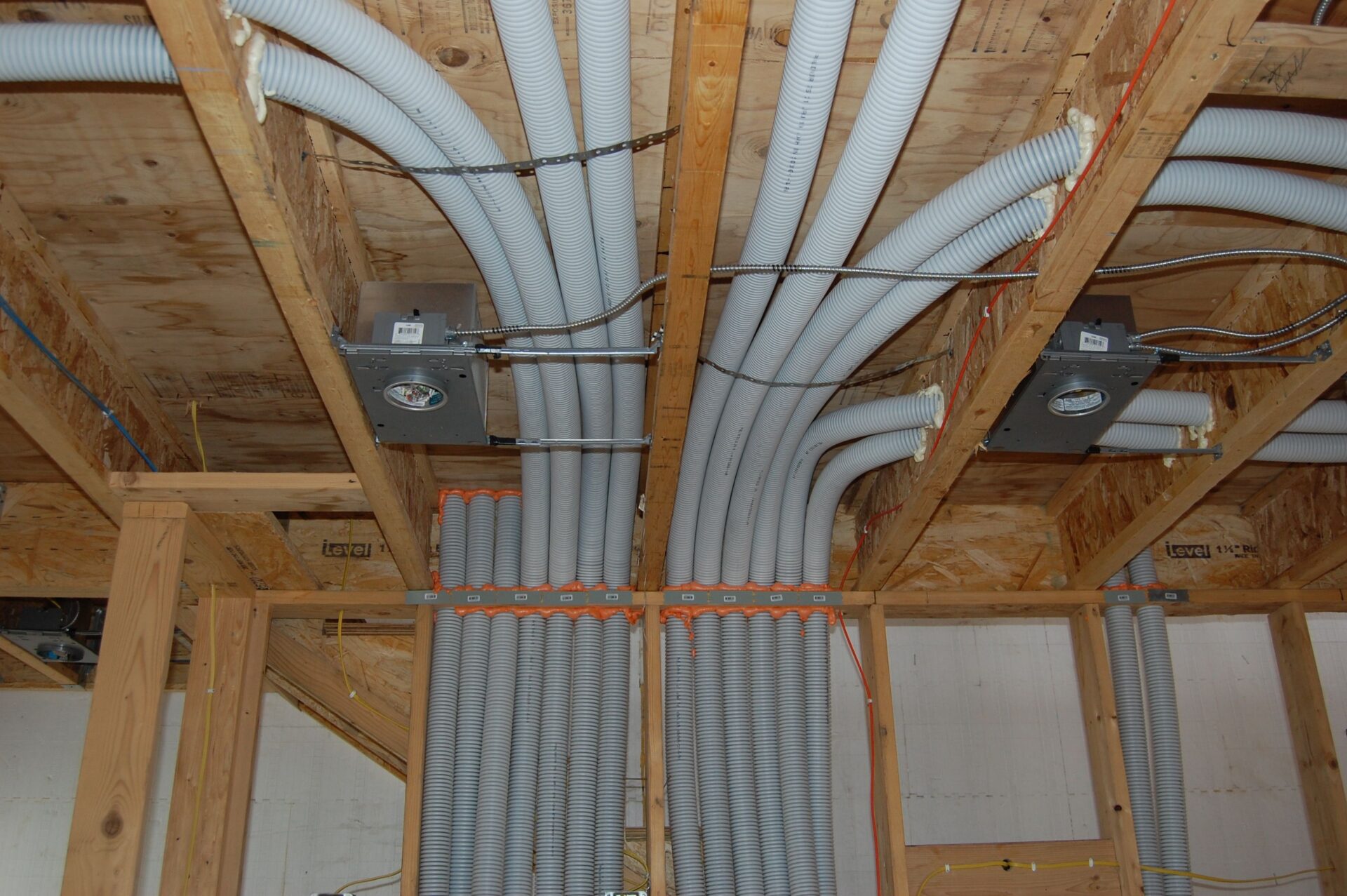Ventilation is an essential aspect of maintaining a healthy and comfortable home environment. Proper house ventilation not only helps to improve indoor air quality but also provides numerous other benefits that can enhance your overall quality of life. In this blog post, we will explore the various advantages of house ventilation and why it is crucial for enjoying a fresher home.
Reducing Indoor Pollutants for Healthier Living
In our homes, we often unknowingly harbor pollutants that can significantly affect our health. Dust, pet dander, mold spores, and volatile organic compounds (VOCs) are just a few examples of what might be floating around in the air we breathe daily. These pollutants can cause or exacerbate allergies, respiratory conditions, and other health issues. However, by integrating effective house ventilation strategies, we can markedly diminish the presence of these unwanted guests.
Proper ventilation works by continuously circulating the air in your home, ensuring that contaminated indoor air is replaced with fresh, outdoor air. This process is vital for diluting and removing airborne pollutants. Enhanced ventilation practices, such as ensuring that exhaust fans in kitchens and bathrooms are working efficiently and that vents are clear and unobstructed, play a significant role in purifying your home’s air. Furthermore, incorporating plants that naturally clean the air can complement your ventilation efforts, creating an even healthier living space.
By prioritizing the reduction of indoor pollutants through improved ventilation, we take a significant step towards fostering a healthier and more comfortable home environment. This proactive approach supports not just physical well-being, but overall quality of life, emphasizing the importance of clean air in maintaining health and happiness.
Combatting Moisture and Preventing Mold Growth
Maintain Optimal Humidity Levels
Keeping indoor humidity levels between 30% and 50% is vital for preventing mold growth and combatting moisture. Use dehumidifiers in damp areas and ensure that your home’s ventilation system is correctly sized to manage humidity efficiently.
Effective Use of Exhaust Fans
Exhaust fans in the kitchen, bathroom, and laundry areas play a critical role in removing excess moisture that can lead to mold. Regular use during and after activities like cooking, bathing, and washing clothes helps keep moisture levels in check.
Regular Inspections and Maintenance
Inspecting your home for leaks, condensation, and wet spots can prevent moisture from accumulating. Addressing these issues promptly, along with regular maintenance of HVAC systems, ensures proper air circulation and moisture control.
Sealing and Insulation
Properly sealing and insulating your home, especially around windows, doors, and roofing, can prevent moisture from entering. This step is crucial in maintaining dry and well-ventilated spaces, reducing the likelihood of mold formation.
Utilizing Plants Wisely
While plants can enhance indoor air quality, overwatering or having too many plants can increase indoor humidity levels. Be mindful of plant placement and water usage to prevent unintentional moisture accumulation.
Enhancing Indoor Comfort by Regulating Temperatures
Effective ventilation is key to maintaining a comfortable temperature inside your home throughout the year. By facilitating the movement of air, ventilation systems allow cooler air to enter and excess warm air to escape, particularly during hot months.
Conversely, in colder seasons, strategic ventilation helps to minimize cold drafts and maintain warmth within the home. This natural regulation of indoor temperatures not only contributes to a more pleasant living environment but also reduces the dependency on heating and cooling systems. As a result, homeowners can enjoy a significant reduction in energy consumption and utility costs.
Additionally, by utilizing ventilation strategies such as cross-ventilation, where opposite windows are opened to allow a breeze to pass through the home, or by making use of thermal ventilation that capitalizes on the natural rise of warm air to draw cool air into the house, individuals can enhance their comfort levels naturally. This approach to temperature regulation through house ventilation underscores its importance in not just improving air quality, but also in creating a more enjoyable and adaptable living space.
Improving Air Quality with House Ventilation for Better Sleep
Good house ventilation is a cornerstone of ensuring a restful night’s sleep. By enhancing the quality of air in your bedroom, you address one of the often-overlooked factors that can significantly impact sleep quality. Fresh air circulating in your bedroom helps to regulate the temperature, making it more conducive to sleep. Cooler, cleaner air is associated with an easier time falling asleep and a deeper sleep cycle, as our body temperatures naturally drop when we enter the stages of deep sleep.
Moreover, improved ventilation reduces the levels of carbon dioxide and elevates oxygen levels in your sleeping environment. High levels of carbon dioxide can make your bedroom air feel stuffy and can disrupt your sleep by making you wake up more often. On the other hand, increased oxygen levels contribute to better sleep quality by promoting more consistent sleep patterns and reducing wakefulness.
In addition to temperature and carbon dioxide regulation, effective house ventilation significantly minimizes the presence of airborne allergens and pollutants that may cause discomfort or respiratory issues, which can disturb sleep. Whether it’s through natural means like open windows or utilizing mechanical ventilation systems, ensuring that your bedroom has a steady flow of fresh air can be a simple yet effective way to improve your sleep quality and, by extension, your overall health and well-being.
Energy Efficiency and Lowering Utility Bills
Leveraging Smart Ventilation Controls
Incorporating smart ventilation systems equipped with sensors and timers can optimize air flow and reduce energy consumption. These systems adjust ventilation rates based on occupancy and indoor air quality levels, ensuring that energy is not wasted on ventilating unoccupied spaces.
Enhancing Insulation with Strategic Ventilation
By improving insulation and using ventilation strategically, you can minimize heat loss during cooler months and reduce heat gain during warmer periods. This balance keeps your home more comfortable and reduces the need for artificial heating and cooling, lowering your energy bills.
Utilizing Energy Recovery Ventilators (ERVs)
ERVs transfer heat and moisture between incoming and outgoing air streams, which helps in maintaining comfortable indoor conditions without overburdening heating and cooling systems. This technology can significantly lower the costs associated with maintaining indoor comfort levels.
Implementing Natural Ventilation Techniques
Making use of natural ventilation can dramatically decrease reliance on HVAC systems. Designing homes to enhance cross-ventilation and employing thermal buoyancy can facilitate air movement without electrical energy, contributing to lower utility bills.
Regular Maintenance of Ventilation Systems
Ensuring that your ventilation systems are regularly maintained and cleaned can prevent inefficiencies and extend the lifespan of the equipment. A well-maintained system operates more efficiently, uses less energy, and thereby contributes to lower energy costs.
Prolonging the Lifespan of Your Home
Preventing Structural Damage
Continuous airflow provided by proper ventilation helps to keep wooden structures dry, preventing rot and structural damage. This is particularly important in areas prone to high humidity and ensures that the integrity of your home’s framework is maintained over time.
Avoiding Moisture Accumulation
As previously mentioned, effective ventilation reduces moisture levels within your home. This is crucial in preventing the deterioration of building materials and avoiding costly repairs associated with water damage, such as weakened walls or flooring.
Protecting Electrical Systems
High humidity levels and condensation can be detrimental to your home’s electrical systems, leading to corrosion of wiring and potential electrical failures. Ensuring good ventilation helps to safeguard these systems, extending their lifespan and promoting home safety.
Enhancing Roof Longevity
Proper attic ventilation is essential in maintaining the condition of your roof. It prevents the buildup of heat and moisture, which can cause shingles to warp and deteriorate prematurely, thereby extending the lifespan of your roof.
Preserving Interior Finishes
Adequate ventilation helps in maintaining optimal indoor conditions that are not too humid or dry. This balance is key in preserving paint, wallpaper, and other interior finishes, keeping them looking fresh and preventing peeling or cracking over time.
Enhancing Indoor Air Quality with Natural Ventilation
Embracing natural ventilation is a simple yet effective way to elevate the air quality within your home. By opening windows and utilizing exhaust fans, you can create a continuous flow of outdoor air that replaces stale indoor air. This process not only refreshes the environment but also helps to dissipate pollutants, from everyday household chemicals to cooking odors, that accumulate indoors.
When the weather permits, taking advantage of cross-ventilation—opening windows on opposite sides of your home—maximizes air movement, ensuring a thorough exchange of air. For areas like bathrooms and kitchens where moisture and odors are more prevalent, making regular use of exhaust fans supports the removal of humidity and airborne contaminants directly from their source.
Incorporating these natural ventilation practices into your daily routine can significantly contribute to a cleaner, healthier indoor atmosphere without the need for complex mechanical systems. Beyond simply refreshing your living space, these methods can also reduce energy costs by minimizing the need for artificial cooling and heating. So, as you enjoy a fresher and healthier home, you’re also practicing environmental responsibility and cutting costs.
Conclusion
Investing in effective ventilation strategies is more than a home improvement project; it’s a commitment to elevating the health, comfort, and sustainability of your living environment. The array of benefits provided by proper house ventilation—from ensuring a supply of fresh air to combatting pollutants and regulating indoor temperatures—underscores its importance in maintaining a space that supports well-being and efficiency. Through the adoption of natural, mechanical, or hybrid ventilation systems, homeowners have the opportunity to not only enhance the quality of their indoor air but also to contribute positively to their home’s energy performance and longevity. Embracing these practices means taking proactive steps toward creating a home that not only feels good to live in but is also a safe, healthy, and cost-effective space for all occupants. Ventilation is, without doubt, a key pillar of a holistic approach to healthy living, demonstrating the significant impact that air quality can have on our daily lives and overall comfort.
FAQs
Q: How often should I ventilate my home to ensure good air quality?
A: It’s recommended to ventilate your home daily, especially rooms like the kitchen and bathroom which are prone to moisture and odors. Natural methods such as opening windows can be effective, but during extreme weather, mechanical ventilation may be necessary.
Q: Can house ventilation help reduce energy costs?
A: Yes, proper ventilation can significantly reduce the need for air conditioning and heating, leading to lower energy bills. Strategies such as utilizing natural ventilation and smart ventilation controls optimize air flow and maintain comfortable temperatures efficiently.
Q: Is natural ventilation enough to maintain good air quality in my home?
A: While natural ventilation plays a crucial role in maintaining indoor air quality, in some cases, additional mechanical ventilation might be needed to ensure adequate air exchange, especially in areas with high pollution levels or for homes with limited window access.
Q: How do I know if my home is properly ventilated?
A: Signs of poor ventilation include persistent odors, condensation on windows, and stuffy air. Regular inspections by a professional can assess your home’s ventilation needs and recommend appropriate solutions.
| Other Good Articles to Read |
| skank blogs |
| unreal blogs |
| tba blogs |
| all city forums |
| dany blogs |
| the music blogs |
| key forums |
| the big blog theory |
| joe blogs |
| blogs 4 me |
| Blogs Emon |
| Related Business Listings |
| Contact Directory |
| Local Business Profiles |



